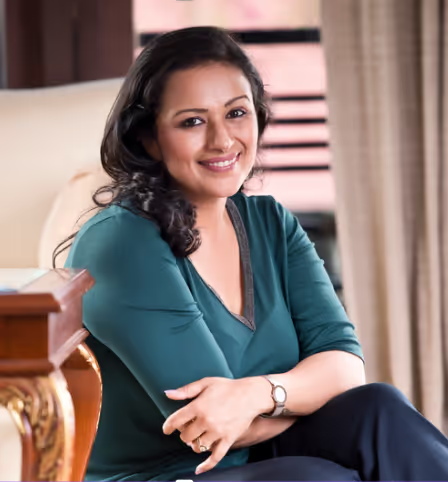
Who We Serve

- You are in your mid-30s to late-40s
- Single or married with families
- Household income >= $200,000
- Well educated (Most of our clients have graduate degrees.)
- Moved to the U.S. for higher education &/or career growth
- Your values:
- You believe that financial decision-making is not just the head of household’s opinion but a collaborative process among spouses/partners.
- You have open and honest communication with family.
- You are intentional about spending quality time with family.
- You are keen on your children’s well-rounded development.
- Outside of your work, you have some hobbies or passions that you like to pursue with intent—it helps you live a balanced and happy life rather than being materialistic and anxious about your finances.
first-generation immigrants
We love working with first-generation immigrants to help them build their long-term wealth and ideal life. Founded by a first-generation immigrant from India, our firm understands the unique challenges that come with familiarizing with the financial system in a new country, when you first start working after completing your higher education. Sometimes you wish you had better awareness at that time about how to use employee benefits to the fullest or how to think about optimizing taxes and making wise investment decisions. By partnering with us, you can trust you are receiving the highest level of service and expertise. We take pride in empowering first-generation immigrants to leverage the many financial opportunities available in the U.S. and build a brighter future for themselves and their loved ones.
We help first-generation immigrants answer questions like:
- How do I think about budgeting and managing my expenses?
- How can I save for my children’s education?
- What are the tax implications of having income and assets in the United States as well as my home country?
- How do I file my taxes and keep from overpaying?
- What are the best ways to invest my money?
- What are the different types of retirement accounts available in the United States, and how do I best utilize them?
- How do I buy a house or invest in real estate?
- What types of insurance do I need? Do I have enough coverage?
- Should I keep my overseas assets as is or bring them to the United States? What is the optimal way to do it?
Mid-Career Professionals
As a mid-career professional, you are well educated, successful in your career, and likely caring for a young family. Though you are on an upward trajectory, you have questions about how to optimize your finances and confidently pursue your personal and professional aspirations. At PWA, we understand your needs because we have been there ourselves. We are honored to be your trusted partner on this journey, and look forward to helping you work toward the financial success and prosperity you deserve.
We help mid-career professionals answer questions like:
- How much money do I need to save for retirement, and what retirement savings vehicles should I use?
- How can I create a financial plan that balances my current lifestyle and future goals?
- What investment strategies can I use to grow my wealth?
- How can I reduce my tax liability and maximize my savings?
- How can I create a plan to pay off my debts, such as student loans and mortgages?
- What types of insurance do I need to shield my assets and provide for my family?
- How can I plan for unexpected expenses, such as a medical emergency or job loss?
- How can I create a plan to fund my children’s education?
- What should I consider when buying a house or other real estate?
- How can I distribute my estate according to my wishes?





